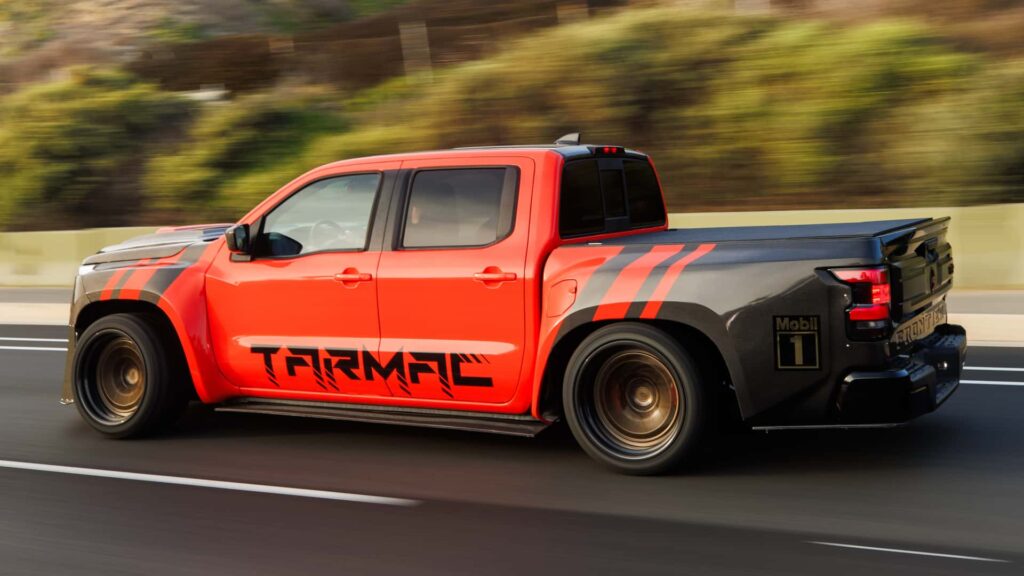
The Toyota Sienna first entered the U.S. market in 1997 as Toyota’s answer to the growing demand for family-friendly minivans. Unlike its predecessor, the Toyota Previa, which had a rear-engine, rear-wheel-drive layout, the Sienna was a front-wheel-drive vehicle that provided a more conventional and practical design. Initially, it offered a spacious interior, impressive reliability, and a reputation for excellent safety features, helping it quickly become a staple for families across America. Over the years, the Sienna evolved into a versatile minivan, offering everything from advanced tech features to a comfortable ride. However, like any vehicle, the Toyota Sienna has faced some bumps along the road. Below, we list five Toyota Sienna years to avoid to better ensure a smooth ownership experience.
The Sienna’s appeal lies in its mix of utility, reliability, and Toyota’s renowned quality. The minivan’s spaciousness and family-friendly amenities continue to make it a popular choice among those needing more room for passengers and cargo. While many model years have been praised for their durability and smooth performance, certain years have experienced issues that make them less desirable. If you are looking to buy a used Toyota Sienna, it’s important to know which years to steer clear of based on mechanical problems, lower reliability ratings, and other common frustrations.
2004 Toyota Sienna: Early quality problems
The 2004 Toyota Sienna marked the debut of the second generation and brought a refreshed design with a more modern and family-friendly interior. However, despite the overall popularity of the model, it was plagued by issues that severely impacted owner satisfaction.
One of the most significant complaints surrounding the 2004 Sienna was premature paint peeling and fading. Many owners reported that the paint began to degrade within just a few years, leading to a less-than-appealing exterior. While this issue may seem cosmetic, it was a frustration for many drivers who expected their vehicles to maintain their appearance over the long term.
Mechanical issues were another concern. The 2004 Sienna faced persistent brake problems, with owners noticing premature wear on brake pads and rotors. Additionally, steering issues, including vibrations and noises, were reported, making the driving experience less than ideal. Electrical malfunctions were also common, with problems reported in the power sliding doors and windows, leading to frequent repairs and a lower overall satisfaction rate. As such, these faults land the 2004 the first spot on our list of Toyota Sienna years to avoid.
Key Problems:
- Premature paint peeling and fading
- Brake system issues, including premature wear
- Steering problems and vibrations
- Electrical malfunctions with power sliding doors and windows
2007 Toyota Sienna: Transmission and brake concerns
The 2007 Toyota Sienna is often singled out for its transmission-related issues, making it one of the years to avoid. Transmission problems in this model year included rough shifting, failure to engage, and even total transmission failure in some cases. Since the transmission is a critical component of any vehicle, these issues were a major concern for owners, and many had to deal with expensive repairs or replacements.
The 2007 Sienna also suffered from brake problems, with several drivers reporting that the brakes wore down much faster than expected. This premature brake wear could result in frequent repairs and discomfort during driving, which is a significant drawback for families who rely on their minivan for everyday use.
In addition, there were complaints about the steering system, including reports of vibrations and difficulty maintaining proper alignment. These issues contributed to a less pleasant driving experience and higher maintenance costs.
Key Problems:
- Transmission issues, including rough shifting and total failure
- Premature brake wear
- Steering system problems, including vibrations
- Electrical malfunctions with power sliding doors
2011 Toyota Sienna: Early suspension and engine troubles
The 2011 Toyota Sienna was a major redesign for the model, as it introduced a more stylish and modern look while maintaining the minivan’s signature spaciousness. However, despite the redesign, this model year faced some early issues related to both suspension and engine performance.
Some owners of the 2011 Sienna reported suspension problems, with the vehicle’s ride quality deteriorating over time. The suspension components, including struts and shocks, began to wear out prematurely, leading to a rougher driving experience. This issue was particularly troubling because it led to frequent repairs that affected the vehicle’s overall reliability.
Additionally, engine-related issues surfaced in the 2011 model, especially regarding the engine’s performance at idle. Some drivers reported that the engine would stall or run roughly, which could lead to unsafe driving conditions. These engine concerns were often linked to issues with the timing chain or timing belt, which required costly repairs to fix.
Key Problems:
- Premature suspension wear leading to a rough ride
- Engine stalling and rough idling, often caused by timing issues
- High repair costs related to suspension and engine components
- Electrical issues with the air conditioning system
All told, the 2011 makes our list of Toyota Sienna years to avoid.
2016 Toyota Sienna: Infotainment glitches and safety concerns
The 2016 Toyota Sienna is a part of the model’s third generation, offering modern tech features and a more refined driving experience. However, this year was not without its share of issues, particularly regarding the vehicle’s infotainment system and safety features.
Several owners reported malfunctions with the infotainment system, including unresponsive touch screens, issues with Bluetooth connectivity, and frequent software crashes. For a family vehicle that depends on technology for entertainment and convenience, these problems proved to be an annoyance.
Safety features, such as the rearview camera and lane departure warning, also had their share of issues in the 2016 model year. Some drivers noted that the rearview camera failed to activate properly, while others reported inconsistent performance from the lane departure warning system. These technological issues were not only frustrating but also affected the safety and ease of use of the vehicle.
Key Problems:
- Infotainment system issues, including unresponsive screens and Bluetooth connectivity problems
- Malfunctions with safety features like the rearview camera and lane departure warning
- Inconsistent software performance leading to system crashes
- Premature wear of brake components
2021 Toyota Sienna: Hybrid system and transmission faults
The 2021 Toyota Sienna introduced a major shift by offering a hybrid powertrain as standard. While this was a welcome move toward better fuel efficiency, some early adopters reported issues with the hybrid system and the vehicle’s transmission.
Some drivers found that the hybrid system was prone to failure, with the vehicle stalling or displaying error messages related to the hybrid battery. These issues could lead to the vehicle becoming inoperable, requiring costly repairs to fix. Additionally, the 2021 Sienna experienced transmission-related problems, particularly with the shifting mechanism. Some drivers reported rough shifts or hesitation when accelerating, which was especially noticeable in stop-and-go traffic.
These issues were compounded by reports of uncomfortably stiff suspension components, leading to a rougher ride than expected in a vehicle marketed as family-friendly. While these problems may be less common, they were significant enough to impact the overall reliability of the 2021 Sienna.
Key Problems:
- Hybrid system failures, including stalling and battery issues
- Transmission problems, including rough shifting and hesitation
- Stiff suspension leading to a rougher ride
- Issues with the infotainment system and connectivity
While the Toyota Sienna is widely regarded as a reliable and family-friendly minivan, certain model years experienced more significant issues than others. The 2004 and 2007 models are notorious for their transmission problems and brake malfunctions, while the 2011 model saw early suspension and engine troubles. More recent models, such as the 2016 and 2021 Siennas, have also faced issues with their infotainment systems, hybrid technology, and transmission.
If you’re considering purchasing a used model, you might sidestep our list of Toyota Sienna years to avoid. Be sure to research specific model years carefully and consider choosing one with fewer reported problems to ensure a more satisfying ownership experience.


